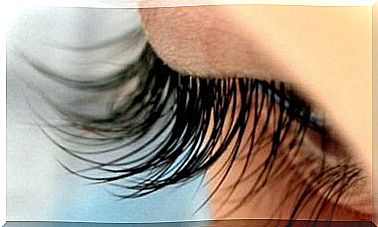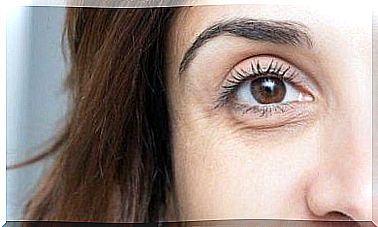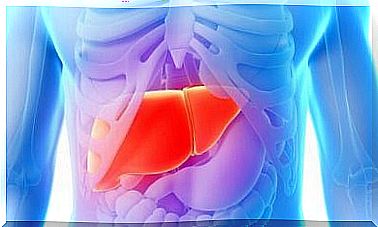Corneal Pachymetry: What Is It And How Is The Procedure Performed?
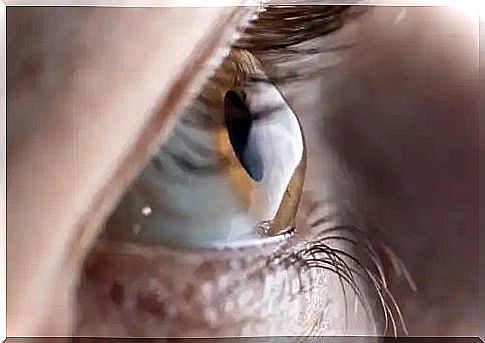
What is corneal pachymetry? Pachymetry is a diagnostic test that is performed to detect some eye diseases. It also serves to decide which is the most convenient treatment depending on the case of each person.
This test is very fast, painless and effective. What is done by pachymetry is the measurement of corneal thickness. This information is very helpful in establishing an objective diagnosis of certain eye diseases and in defining their treatment. It is also used preoperatively and in the follow-up of eye surgeries.
What is corneal pachymetry?
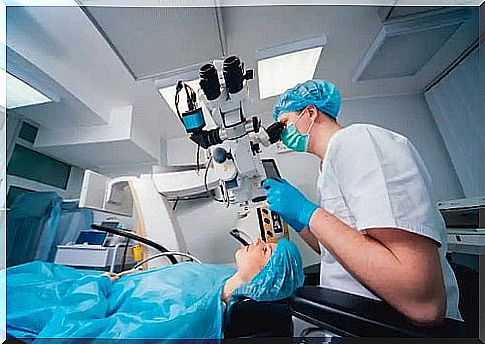
Pachymetry is an ophthalmologic examination that measures the thickness of the cornea. The latter is the layer of transparent tissue that covers the anterior area of the eye. It usually measures between 500 and 600 microns in the central area and between 600 and 800 in the peripheral area.
The thickness of the cornea influences the eye pressure and this is a very important piece of information in the follow-up of glaucoma cases. When the cornea is thick, it can generate false high pressure data. If it is thin, it can produce a false low pressure.
Corneal thickness is important information to know if a person is a good candidate for refractive surgery, which is performed in cases of myopia, farsightedness and astigmatism.
Pachymetry is used to diagnose some diseases that affect the thickness of the cornea. Keratoconus, for example, thins this layer. Instead, corneal edema thickens it. Therefore, measuring the cornea helps diagnose abnormalities like these.
Types of corneal pachymetry
There are three types of pachymetry: optical, ultrasonic and coherence laser. The difference lies in the technique used and in the data provided by each type. Let’s look at each of these types.
1. Optical pachymetry
A device called an optical pachymeter is used, which is attached to a biomicroscope called a “slit lamp”. Sometimes it also has a mirror structure. In this type of pachymetry, the device does not come into direct contact with the cornea, but identifies the difference between light reflections.
2. Ultrasonic pachymetry
In this case, the measurement of the thickness of the cornea is performed using ultrasound. A probe is used to determine the thickness of the cornea at the specific point where it is placed. Provides greater accuracy.
3. Coherence laser pachymetry (OCT)
This is the type of pachymetry that provides the most accurate results. Conventional pachymetry is combined with optimal coherence tomography. In this way, maps of corneal thickness can be obtained and the different corneal structures can be studied separately.
Who should opt for corneal pachymetry?
Pachymetry is used for the diagnosis and treatment of glaucoma. As previously indicated, a thick or thin cornea changes the values of eye pressure. Therefore, it is necessary to know the exact thickness of the cornea to better understand the values of intraocular pressure.
This test is also indicated for those who intend to undergo refractive surgery. First, it lets you know if they are good candidates for it. This helps you choose the most appropriate treatment. The same goes for corneal surgery.
It is convenient to perform this test to diagnose and monitor the progression in cases of keratoconus, a disease that thins and deforms the cornea. Something similar applies to diseases such as corneal edema, dystrophies, etc.
Finally, periodic pachymetry is indicated for people wearing contact lenses. They generate a thinning of the cornea estimated at four microns per year, even if the adaptation to the eyes is perfect. Therefore, the thickness of the cornea should be monitored periodically.
How is a pachymetry performed?

As already mentioned, pachymetry is a quick, painless test that does not cause discomfort to the patient. It does not require any special training, except for people who wear contact lenses: they should stop wearing them before the test.
If the contact lenses are hard, the patient should stop wearing them for 15 days before the test; if they are soft, between 5 and 8 days before. The procedure itself varies depending on the technique used. In the case of optical pachymetry, there is no contact, and the test is simply performed with a light.
In ultrasound or laser pachymetry, an anesthetic may be placed in the eye. Then a probe is placed in front of the eye. The gaze must remain fixed at a certain point while the data is being recorded. It only takes a few minutes.
Corneal pachymetry is an important diagnostic test
Pachymetry is a test that helps detect various eye diseases. If done in time, it is very helpful to protect the eyes from damage caused by various pathologies. In addition, it provides valuable data for choosing the right treatment.
It is a very simple test that can be done both with and without the dilated pupil. On average, it lasts only five minutes and does not cause discomfort to the patient. Therefore, it is a functional test that must be performed when the doctor asks for it.





